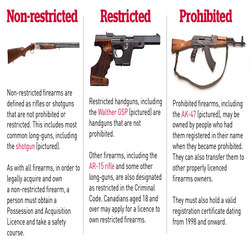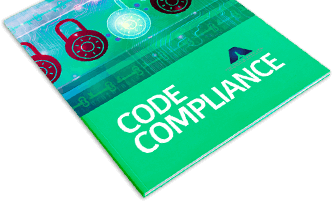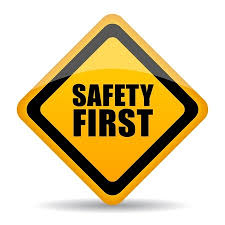
Gun safety should always comes first. Always.
The first long weekend of the spring is just around the corner.
And for many people from Milton to Cambridge and Kitchener-Waterloo, it also means the first hunting trips of the season.
As mandated by Canadian law, you must:
- Properly store your firearms and ammunition in separate gun safes and containers.
- Keep guns away from children and untrained persons.
- Secure your guns with a locking device that prevents unwanted or accidental firing.
At Aim Lock & Safe, our main priority is to help you stay safe; either at home, at your business or during a hunting expedition.
With that in mind, here are some easy-to-follow gun storage and safety tips you should be mindful of.
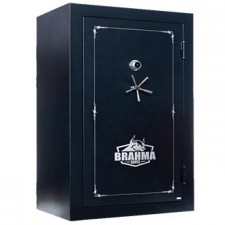
Gun safes are very different than regular safes.
The difference between a gun safe and regular safe
One thing needs to be made perfectly clear:
A home safe is not a gun safe and should not be substituted as such.
That’s because firearm safes tend to have additional security features not found in conventional home or commercial safes:
- Stronger TL ratings.
- More advanced locking mechanisms.
- Fireproof
A proper gun safe also prevents two things from happening.
Firstly, it’s incredibly difficult (nearly impossible, actually) for someone to break into your house and walk away with your gun safe (as opposed to a small floor safe).
Secondly, high fireproof rating of a gun safe will prevent any ammunition stored inside from exploding in case of a fire (which can happen at around 500°F/260°C).
Additionally, gun safes usually have dividers or racks facilitating correct cradling and storage of guns (which is crucial if you own a long hunting rifle, for example).
Firearm classifications in Canada
In Canada, firearms and guns usually fall into one of three classifications: Non-restricted, Restricted and Prohibited.
Non-restricted firearm
If you’re a hunter, there’s a good chance you own or use a non-restricted firearm:
- Rifles or shotguns which are neither restricted nor prohibited.
- Most common long guns fall under the restricted category.
Storage Tip: Remove ammunition from the firearm and store it separately (you can also keep it in a lock box inside the gun safe; that’ll prevent unwanted lock picking from taking place).
Restricted firearm
Using a restricted firearm requires licensing, registration and permission to transport it from one location to another:
- Barrel length less than 470mm.
- Fires ammunition in a semi-automatic manner.
Storage Tip: Attach a trigger or cable lock (or remove the bolt outright) when not in use to ensure the firearm cannot be fired.
Prohibited firearm
Prohibited firearms tend to be older models. Ownership of such models is limited to those which were registered before December 1, 1998:
- Handgun with a barrel length of 105mm or less.
- Adapted rifle or shotgun that’s longer (barrel included) that’s less than 660mm in length or is longer than 660mm in length with a barrel that’s less than 457mm in length.
Storage Tip: Remove the bold or bolt carriers (if possible) and lock them in a separate location from the gun itself.
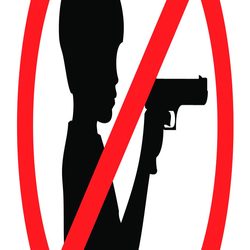
Keep guns and firearms away from kids.
Gun storage and children
Kids of all ages are naturally curious. If they know there’s a gun in the house, they may be tempted to look for it and handle it.
When discussing guns in the house, make certain your children understand the following rules:
- DON’T SNOOP: Searching the home for the gun safe combination is not acceptable.
- IF YOU SEE A GUN, STOP! Don’t touch it and don’t allow anyone else to. Leave it alone and tell an adult.
- GUNS ARE NOT TOYS: Even if it looks like a toy gun, it isn’t. Keep away from the gun and tell an adult.
Come to Aim Lock & Safe for your gun safe needs
Whether you’re looking for a new gun safe, want to move a gun safe from one location to another or need additional information, we’re the experts you can count on.
Contact us with your questions and we’ll get back to you ASAP with the answers you’re looking for.






